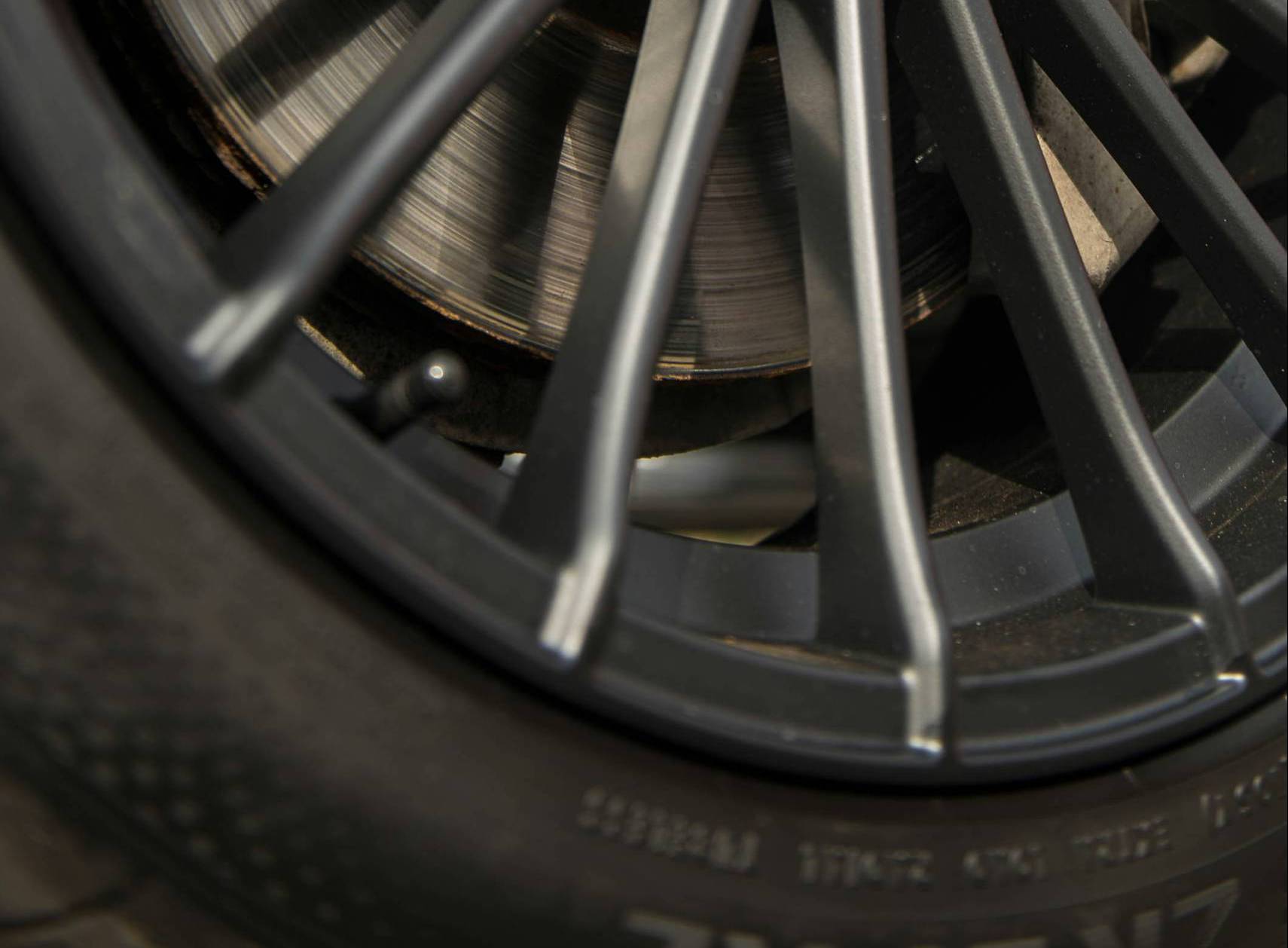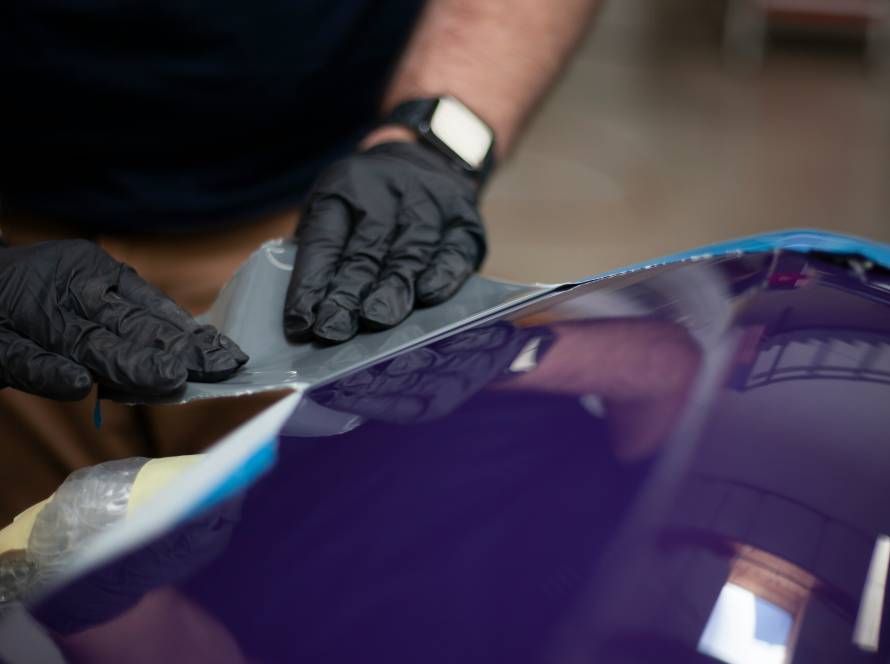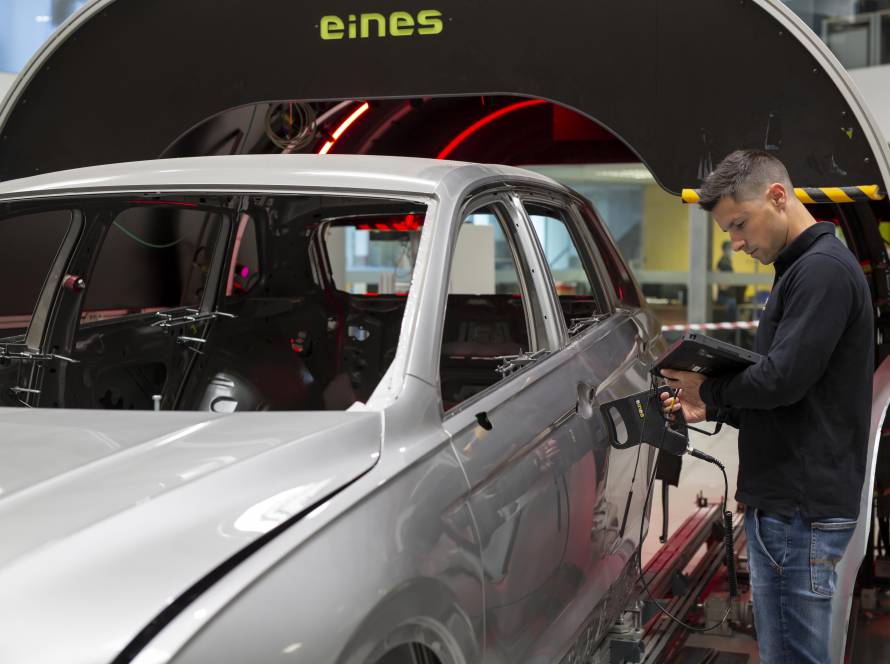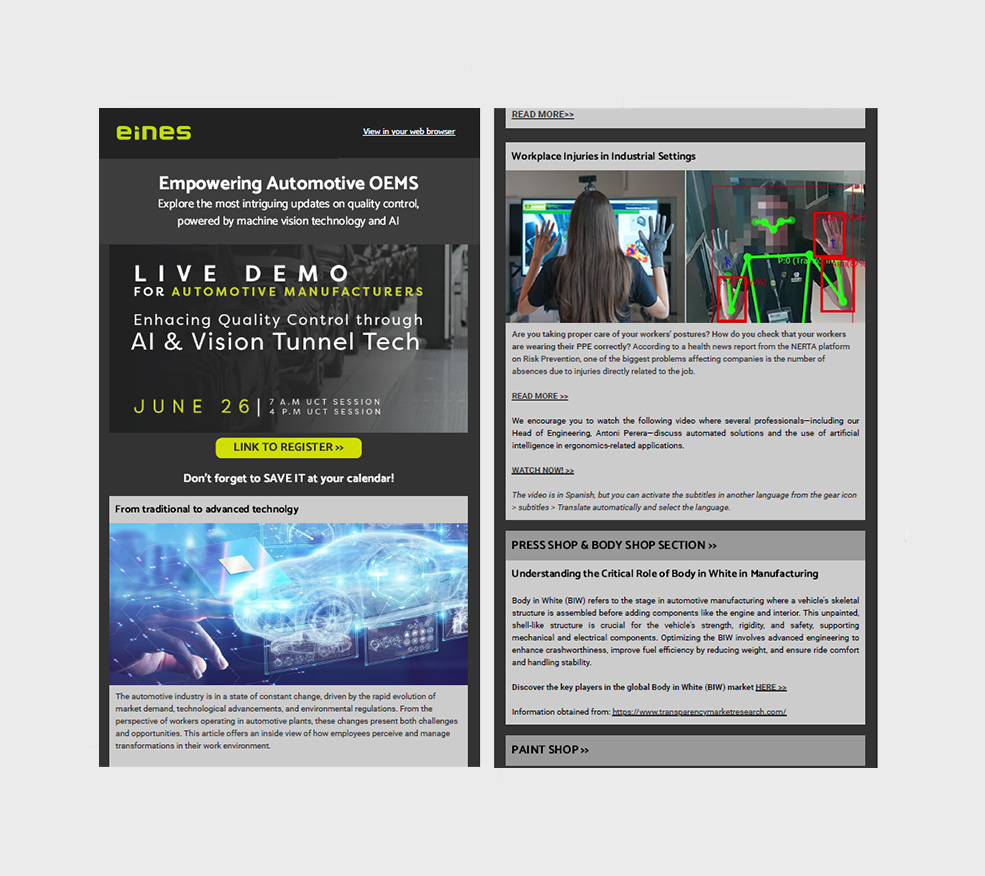In the realm of tire manufacturing, quality control is paramount. Traditional inspection methods, though reliable, are often labor-intensive and prone to human error. However, with advancements in technology, systems like Eines Vision Systems’ Automatic DOT Code Reader are revolutionizing tire inspection. This article will compare traditional tire inspection methods with modern, automated systems, highlighting the benefits of using an Automatic DOT and ROM Reader.
Traditional Tire Inspection
Manual DOT Reading:
- Visual Inspection: Workers manually read and record the DOT code imprinted on the tire sidewall.
- Potential Errors: Human error can lead to misreading or incorrect recording of the code.
- Time-Consuming: The manual process is slow, increasing the overall inspection time.
Manual ROM Measurement:
- Physical Measurement: Technicians use gauges and other instruments to measure radial and lateral run-out.
- Inconsistency: Measurements can vary based on the operator’s skill and experience.
- Labor-Intensive: Requires significant manual effort and time.
Smarter Tire Inspection: Automatic DOT and ROM Readers
Automatic DOT Code Reader by Eines Vision Systems:
- Cameras and Lasers: High-resolution cameras and laser systems scan the tire, creating a three-dimensional model.
- Software Algorithms: Sophisticated algorithms read and analyze all imprints and symbols on the tire automatically.
- LED Illumination: Ensures consistent lighting conditions for accurate readings.
- Detection Sensors: Enhance precision by detecting and correcting any anomalies in real-time.
Advantages:
- Accuracy: Automated systems eliminate human error, ensuring precise and reliable DOT code readings.
- Speed: Significantly reduces inspection time, allowing for faster processing and higher throughput.
- Cost Reduction: Minimizes error costs, maintenance expenses, and labor costs associated with manual inspection.
- Traceability: Enhanced traceability improves product quality by ensuring every tire is correctly documented.
- Space Optimization: Automated systems are compact and can optimize factory floor space.
Automatic ROM Measurement:
- Inline Measurement: Sensors and cameras measure run-out parameters while the tire is on the production line.
- Real-Time Analysis: Immediate feedback allows for quick adjustments, maintaining uniformity and quality.
Advantages:
- Consistency: Automated measurements are consistent and not influenced by operator variability.
- Efficiency: Inline systems do not require stopping the production line, enhancing overall efficiency.
- Comprehensive Data: Provides detailed data for better analysis and continuous improvement.
Conclusion
The transition from traditional to smarter tire inspection methods offers numerous advantages. Eines Vision Systems’ Automatic DOT Code Reader exemplifies the benefits of modern technology in the tire manufacturing industry. By leveraging high-resolution cameras, lasers, and advanced software algorithms, this system ensures unparalleled accuracy, speed, and cost-efficiency. Embracing automated inspection systems not only enhances product quality and traceability but also optimizes space and reduces operational costs. In the competitive landscape of tire manufacturing, smarter inspection solutions are the key to maintaining high standards and achieving operational excellence.
For more information on how Eines Vision Systems can transform your tire inspection process, visit our website or contact our sales team.






